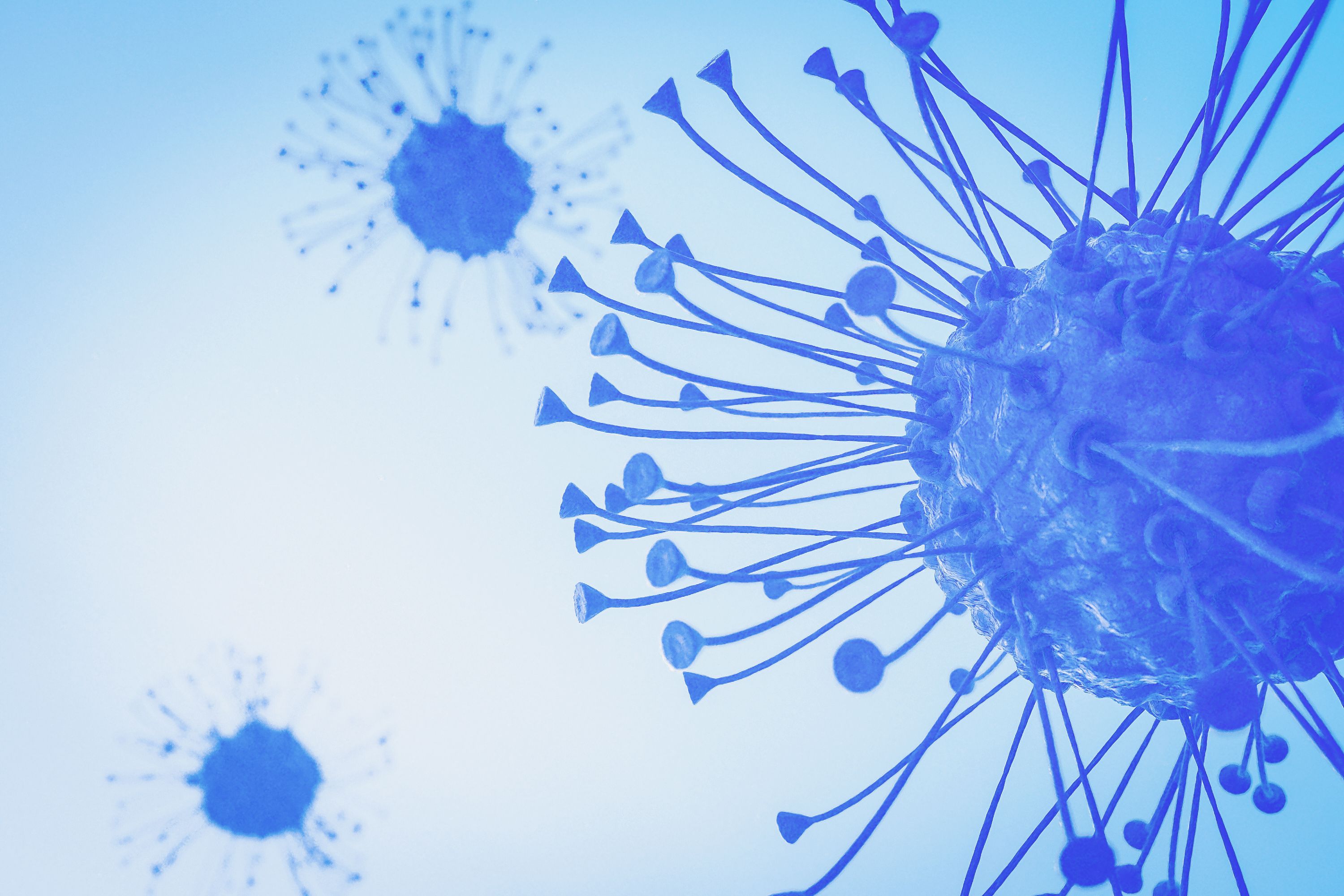Phase 2 Study Supports Second-Line Axi-Cel in R/R LBCL
Findings from a phase 2 study found that treatment with axicabtagene ciloleucel in relapsed or refractory large B-cell lymphoma led to a complete metabolic response of 71%.
T-cell cancer cell, 3d rendering: ©catalin - stock.adobe.com

Findings from a phase 2 study support the use of axicabtagene ciloleucel (axi-cel; Yescarta) as a second-line therapy in patients with relapsed or refractory large B-cell lymphoma (LBCL) who are ineligible for autologous stem cell transplant (ASCT).1
The study, published in Nature Medicine, reported a complete metabolic response (CMR) of 71.0% (95% CI, 58.1%-81.8%) at 3 months, meeting its primary end point. At a median follow-up of 12.0 months (range, 2.1-17.9), the median progression-free survival (PFS) was 11.8 months (95% CI, 8.4-not reached [NR]). Further, overall survival (OS) was not reached.
There were no unexpected toxicities observed, and grade 3-4 cytokine release syndrome (CRS) and neurologic events (NEs) occurred in 8.1% and 14.5% of patients who received axi-cel, respectively. No deaths were attributed to either CRS or NEs.
“In this prospective, multicenter, open-label, phase 2 trial, a single axi-cel infusion was associated with a manageable safety profile and a high antitumor activity. The study met its primary end point with a CMR at 3 months of 71% versus 12% with [standard-of-care] (second-line chemoimmunotherapy) based on historical controls,” study authors wrote.
Secondary end points assessed in the study included objective response rate (ORR) at 3 months, CMR at 6 months, best ORR, best CMR, duration of response (DOR), event-free survival (EFS) from leukapheresis, PFS from infusion, and OS from infusion. Investigators also assessed the incidence, frequency, and severity of adverse events (AEs).
Investigator-assessed ORR was 75.8% (95% CI, 63.3%-85.8%) at 3 months. Thirty-seven patients (59.7%) remained in CMR at 6 months (95% CI, 46.5%-72.0%). The investigator-assessed best ORR was 90.3%, and investigator-assessed best CMR was 79.0%. CMR and ORR at 3 months were 66.1% (95% CI, 53.0%-77.77%) and 69.4% (95% CI, 56.4%-80.4%), respectively, when assessed by a central review panel. The best ORR and CMR as assessed by central review were 91.9% and 82.3%, respectively. Median EFS was 12.3 months (95% CI, 7.2-NR) at a 12-month follow-up, and median DOR was not reached.
Sixty-nine patients were enrolled in the study and underwent leukapheresis, and 62 patients received an infusion of axi-cel. The median patient age was 70 years (range, 49-81). Patients who were female accounted for 24.2% (n = 15) of the population. Most (n = 61; 98.4%) patients had an ECOG performance status of 0 or 1. Disease refractory tofirst-line chemoimmunotherapy was reported in 54.8% (n = 34) of patients. Most patients (88.4%) weredeemed ineligible for ASCT due to age, while 32.3% of patients had a high hematopoietic cell transplantation-specific comorbidity index and/or previously underwent ASCT.
Regarding safety, AEs of any grade were reported in all patients, and AEs grade 3 or higher were reported in 95.2% (n = 59) of patients. Neutropenia (66.1%), anemia (38.7%) and thrombocytopenia (38.7%) were the most common grade 3 or higher AEs. Any-grade infections were reported in 53.2% (n = 33) of patients.
Multiple abstracts about axi-cel in LBCL were presented in December 2023 at the American Society of Hematology Annual Meeting & Exposition. Findings from the phase 2 ZUMA-12 trial (NCT03761056) demonstrated a complete response rate of 86% (95% CI, 71%-95%) and an ORR of 92% when axi-cel was administered as a first-line treatment in patients with high-risk LBCL.2
Additionally, in patients aged 65 or older with second-line LBCL, axi-cel improved OS and PFS compared with standard-of-care, as observed in the phase 3 ZUMA-7 trial (NCT03391466).3
Investigators still plan to evaluate secondary end points of health-related quality of life, as well as cell product characteristics and cellular kinetics of axi-cel.1